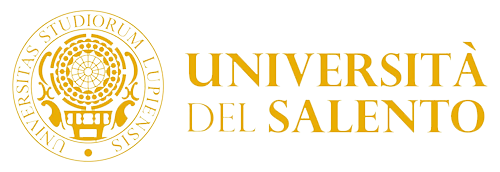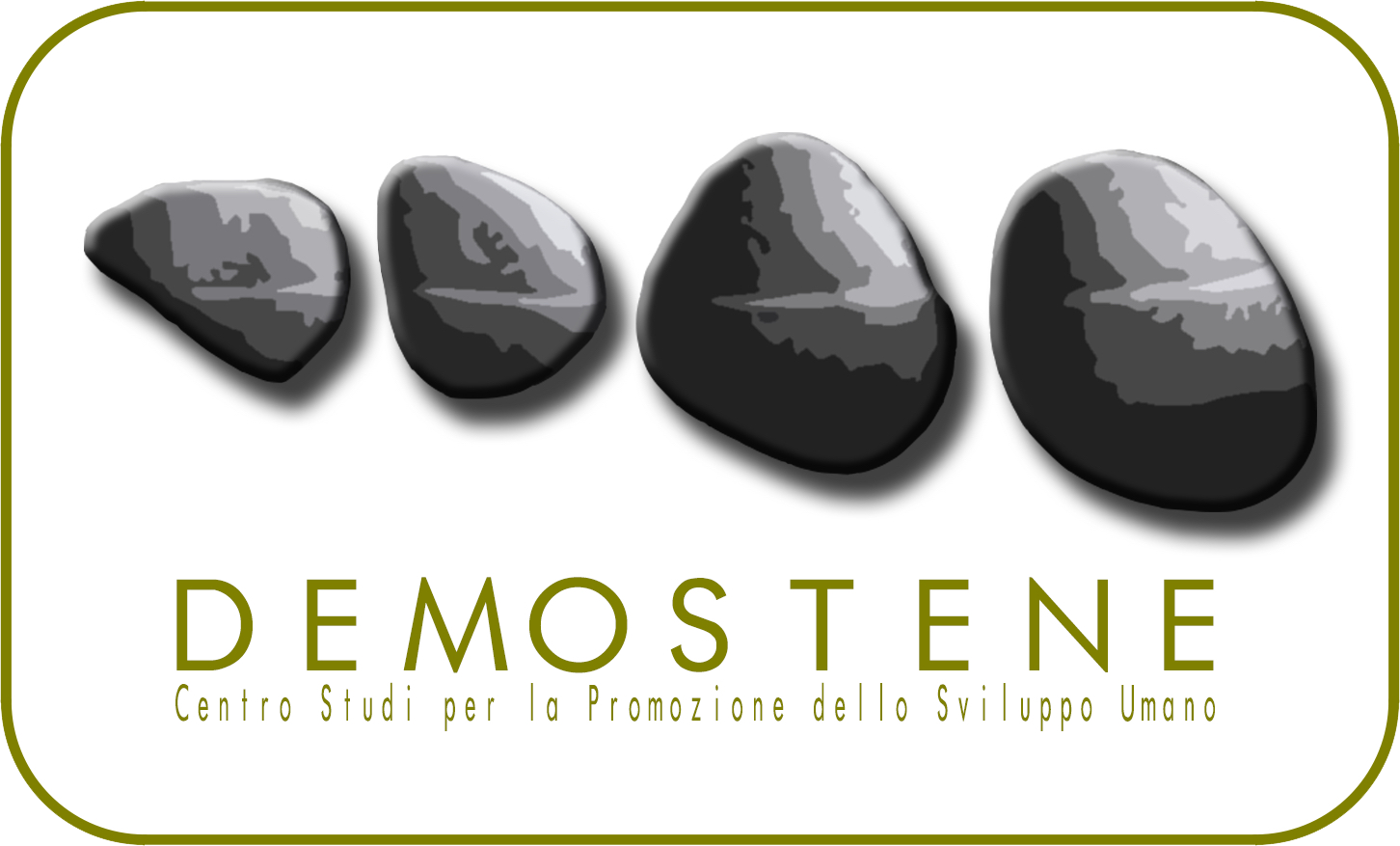Training
All Routes Lead To Rome


|
History and Development role of Roman Routes Roman roads were physical infrastructure vital to the maintenance and development of the Roman state, and were built from about 300 Before Christ (BC) through the expansion and consolidation of the Roman Republic and the Roman Empire. They provided efficient means for the overland movement of armies, officials, civilians, inland carriage of official communications, and trade goods. These infrastructures were essential for the maintenance of the em... Go to course |

|
The framework of Cultural Entrepreneurship in Europe A cultural entrepreneur is an entrepreneur who creates a business that is grounded in the arts, creatively inclined and/or is relevant to the cultural heritage of a specific community. The goal of their business ventures is to address social problems by shifting belief systems and attitudes. In its impact assessment for the EU Creative Europe programme, the European Commission underlines the transformative economic and social power of culture: the... Go to course |

|
The cultural economy: how to enhance cultural heritage in a new sustainable economy At the end of this module, a student will be able to understand how cultural heritage can help to promote regional and local economies and to identify strategies to enhance cultural heritage and make it sustainable.... Go to course |

|
Cultural European Heritage Legislation Thanks this course you will learn the role of the European Union for the preservation of its culture and history. Through funding programs, projects to enhance European culture and history can also be activated from an entrepreneurial perspective. UNESCO too, it plays a large role in cultural heritage. Through a convention and an agenda aims to encourage countries to sign the World Heritage Convention and to ensure the protection of their natural ... Go to course |

|
Elements of Entrepreneurship Education This course includes a training session and examples that offer a variety of modalities for ultimate student engagement and content retention. Each unit contains a series of lessons that include introduction of content, virtual demonstration of that content, and repeated opportunity to practice that content. ... Go to course |

|
Guidelines on how to start an enterprise The following Module consists of a very brief introduction to the essentials of Entrepreneurship. We decided to focus on the main theoretical assumptions that define the entrepreneurial framework for young aspiring entrepreneurs with little knowledge of management and business in general. In doing so we highlighted the definition entrepreneurship, both from an academic and more operative perspective; the formal distinctions between entrepreneurs ... Go to course |

|
Tools to describe and validate business ideas In this module you will learn how crucial it is to communicate in a short time your business idea and vision, and how you can simply validate it. In the first part you will learn what a pitch is, why it is so important for your business to have a strong High Concept Pitch and how to build a good one. Pitching is not simple at all. It has to show your business footprint, your vision and, if the situation makes it possible, the links between you... Go to course |

|
Online communication, visibility and networking for cultural tourism businesses This course offers a clear and succinct training about planning, management and improvement of your website on search engines and social media.... Go to course |

|
Data collection and analysis This module will be divided into two main activities: first, you will learn how to evaluate needs and opportunities from the territory; the second activity is devoted to show the quantitative approach to data analysis; there, you will learn to extract knowledge from data collected from both the territory and potential customers. ... Go to course |

|
Cultural Routes and Tourism This course includes a training session on Cultural Routes and some types of alternative tourism suitable to be implemented in relation to a cultural route. ... Go to course |









